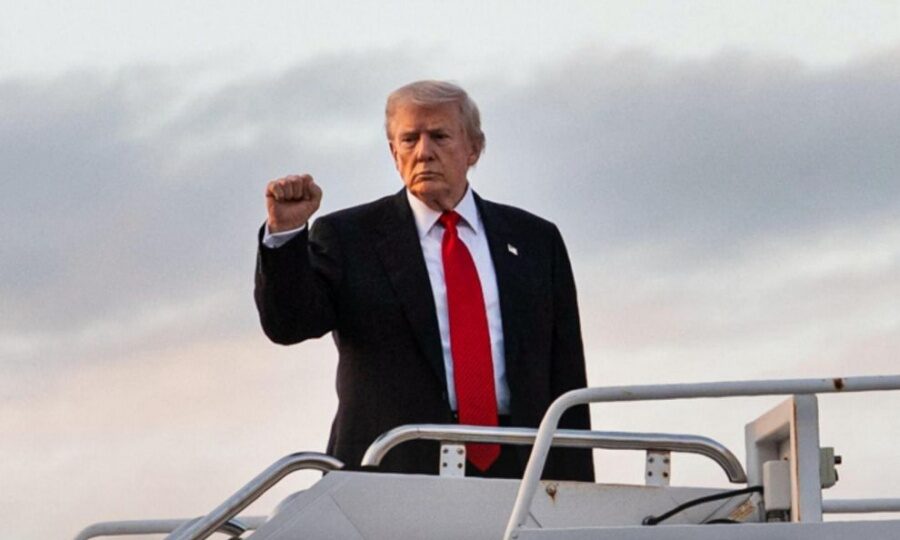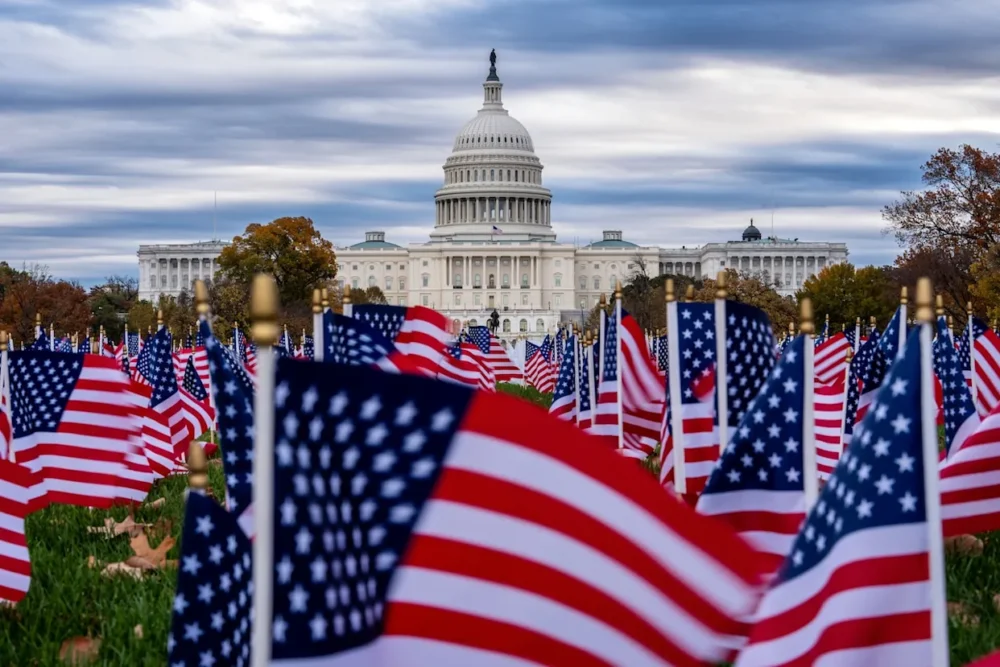The Trump administration’s ambitious “Gold Card Visa” program, initially priced at $5 million, has recently undergone significant changes. The program, designed to offer affluent individuals a pathway to U.S. residency and citizenship, is now available for $1 million—an 80% reduction from its original cost.
Price Reduction and Program Details
Commerce Secretary Howard Lutnick announced the price cut, stating that the program’s initial pricing was unsustainable. The Gold Card Visa offers investors and their families expedited residency and a potential route to citizenship in exchange for a substantial financial investment. Proponents argue that the influx of capital could bolster the U.S. economy, while critics express concerns about the implications of such a program on immigration policies.
Legal and Ethical Considerations
Legal experts have raised questions about the constitutionality and fairness of the Gold Card Visa program. Some argue that it could create a two-tiered immigration system, privileging the wealthy over other applicants. Additionally, the program’s implementation without congressional approval has sparked debates about executive overreach and the proper channels for enacting immigration reforms.
Public Reaction and Future Outlook
Public opinion on the Gold Card Visa is divided. Supporters highlight the potential economic benefits and the opportunity for skilled individuals to contribute to the U.S. workforce. Opponents, however, view the program as a commodification of citizenship and a departure from traditional immigration values. The future of the Gold Card Visa remains uncertain, with ongoing discussions about its impact on the nation’s immigration system.










